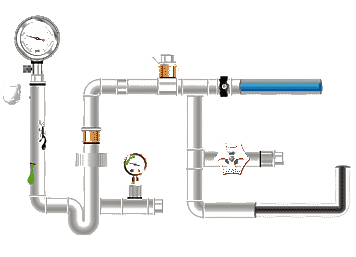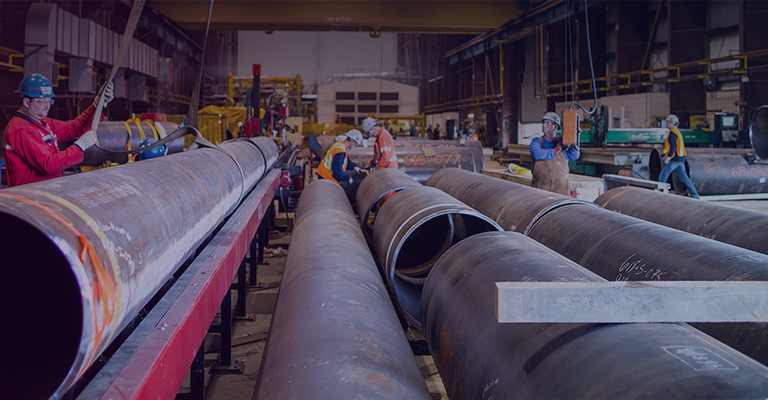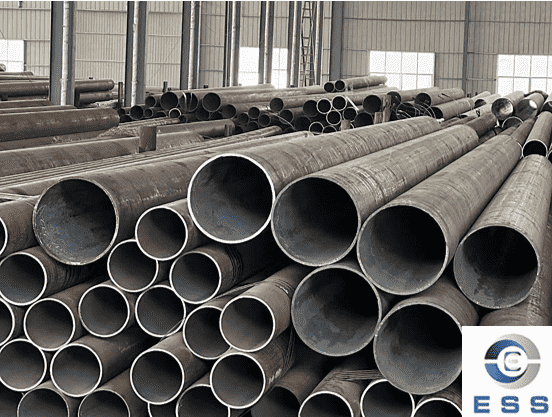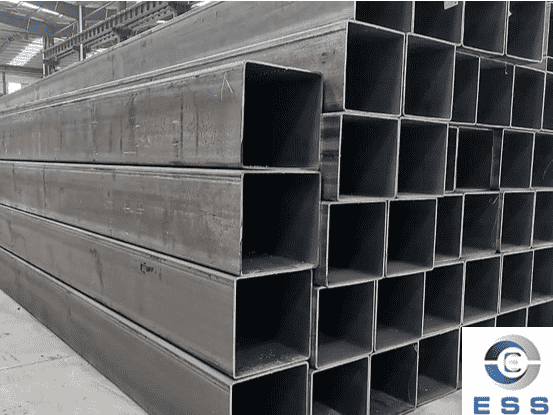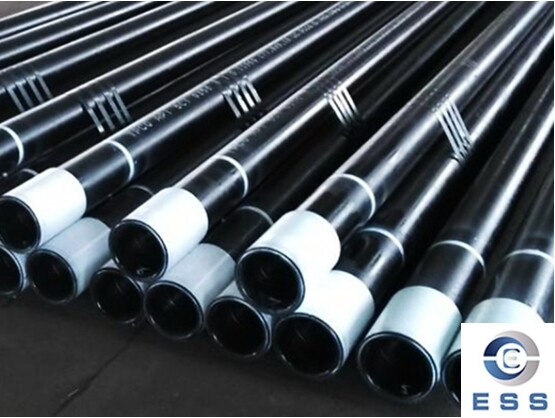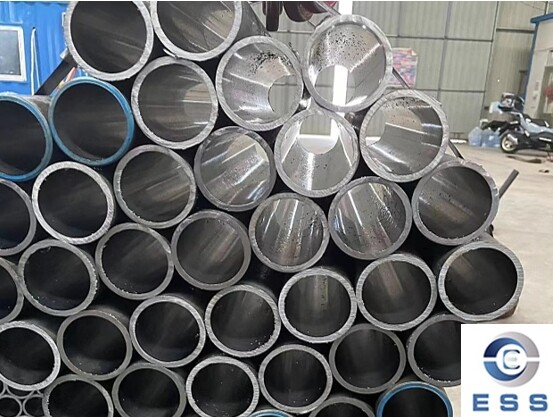
Hydraulic
tubes are tubes used to transmit pressure, usually used in hydraulic and
hydraulic systems. As an important pressure transmission component, hydraulic
tubes often use seamless
steel pipe structures to ensure their safety and reliability in high-pressure
working environments. Hydraulic tubes have the advantages of high strength,
corrosion resistance, and wear resistance, so they are widely used in
mechanical engineering, automotive industry, petroleum mining, metallurgical
industry and other fields.
Hydraulic tube inner diameter
calculation formula
The calculation formula for the inner
diameter of hydraulic tubes is as follows:
Pipe inner diameter = 2×flow rate ÷ (π×flow
velocity)
Among them, flow rate refers to the liquid
flow through the pipe in the hydraulic system, in cubic meters per second; flow
velocity refers to the average flow velocity of the liquid when it passes
through the pipe, in meters per second.
Calculation steps for hydraulic tube
inner diameter
1. Determine the flow rate of the system
By analyzing the hydraulic system,
determine the flow rate of the liquid passing through the pipeline in the
hydraulic system;
2. Calculate the flow rate of the liquid
According to the pipeline diameter and the
liquid flow rate, calculate the average flow rate of the liquid when passing
through the pipeline;
3. Calculate the inner diameter of the
pipeline
According to the above hydraulic tube inner
diameter calculation formula, calculate the inner diameter of the pipeline.
Hydraulic tube inner diameter
specification table
The following table lists the common
hydraulic tube inner diameter specifications, where the unit is millimeter
(mm).
|
Inner diameter (mm)
|
Nominal diameter (mm)
|
|
4
|
6
|
|
4.5
|
6.35
|
|
5
|
7
|
|
6
|
8
|
|
6.35
|
9.52
|
|
7
|
10
|
|
8
|
12
|
|
9
|
12.7
|
|
10
|
14
|
|
11
|
15
|
|
12
|
16
|
|
12.7
|
19.05
|
|
14
|
20
|
|
15
|
21.3
|
|
16
|
22
|
|
17
|
23
|
|
18
|
24
|
|
19
|
25
|
|
20
|
27
|
|
22
|
30
|
|
24
|
32
|
|
25
|
33
|
|
27
|
35
|
|
28
|
36
|
|
30
|
38
|
|
32
|
40
|
|
35
|
42
|
|
38
|
45
|
|
40
|
48
|
|
42
|
50
|
|
44.5
|
54
|
|
45
|
55
|
|
48
|
60
|
|
50
|
63
|
|
55
|
70
|
|
57
|
73
|
|
60
|
75
|
|
63
|
80
|
|
65
|
82
|
|
70
|
89
|
|
73
|
95
|
|
76
|
100
|
|
80
|
102
|
|
83
|
106
|
|
88.9
|
114.3
|
|
95
|
121
|
|
102
|
133
|
|
108
|
140
|
|
114
|
146
|
|
121
|
159
|
|
127
|
168
|
|
133
|
177.8
|
Adjust the inner diameter of the
hydraulic tube according to actual conditions
1. Consider the working state of the
hydraulic system
Since the liquid flow resistance in the
hydraulic tube changes with the change of flow rate and flow rate, the working
state of the hydraulic system, such as working pressure, oil temperature, etc.,
needs to be considered in the actual calculation to determine the inner
diameter of the pipeline.
2. Adjust the inner diameter of the
pipeline
When the flow rate, flow rate or other
parameters through the pipeline in the hydraulic system change, the inner
diameter of the pipeline also needs to be recalculated to ensure the normal
operation of the system.
Notes
1. In actual calculations, factors such as
the material, length, and curvature of the hydraulic piping need to be
considered to determine the inner diameter of the pipeline.
2. If the inner diameter of the hydraulic
tube is too small, the resistance will increase and the pressure loss will
increase, thus affecting the working efficiency and load capacity of the
hydraulic system.
3. If the inner diameter of the hydraulic
piping is too large, the material cost will be wasted, and it is easy to get
stuck and leak under high pressure.
Conclusion
The inner diameter of the hydraulic tube is
an important parameter in the hydraulic system and needs to be calculated and
adjusted according to the actual situation. Through reasonable calculation and
adjustment, the normal operation of the hydraulic system can be guaranteed, and
the working efficiency and load capacity of the system can be improved.
Different types of hydraulic tubes may be selected in different application
fields, widely used in engineering machinery. This requires that the
material selection and specification calculation must be accurately matched to
achieve long-term stable operation of the system.









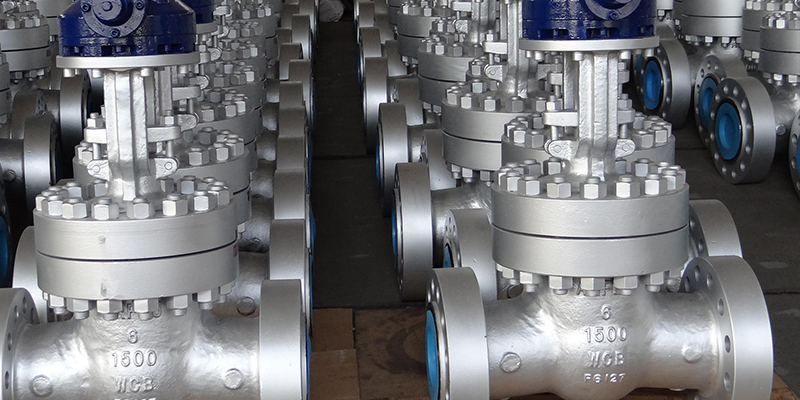
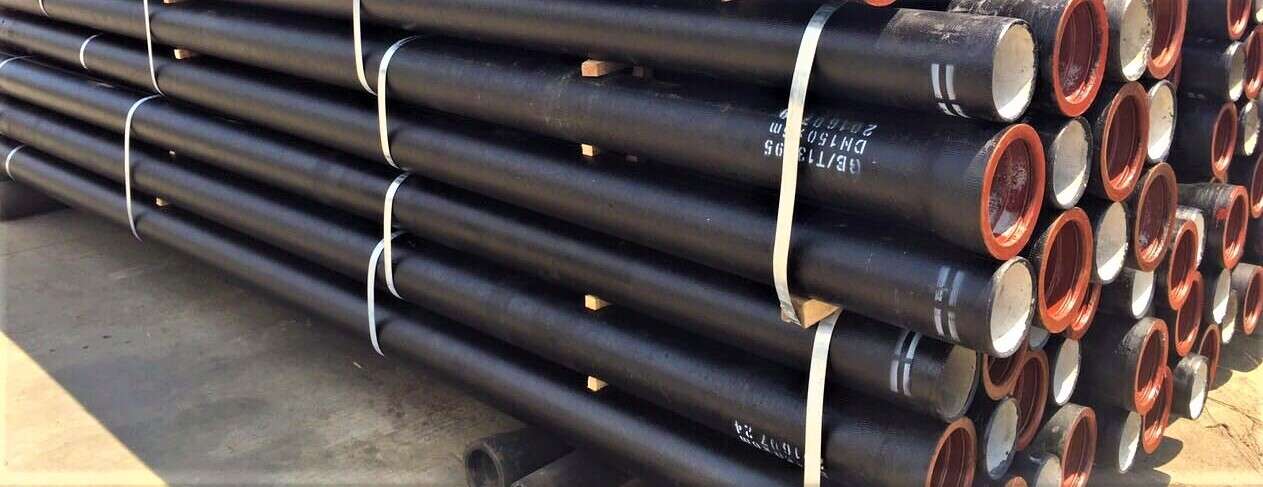


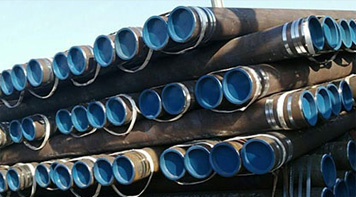 Eastern Steel Manufacturing Co.,Ltd not only improve product production and sales services, but also provide additional value-added services. As long as you need, we can complete your specific needs together.
Eastern Steel Manufacturing Co.,Ltd not only improve product production and sales services, but also provide additional value-added services. As long as you need, we can complete your specific needs together.
